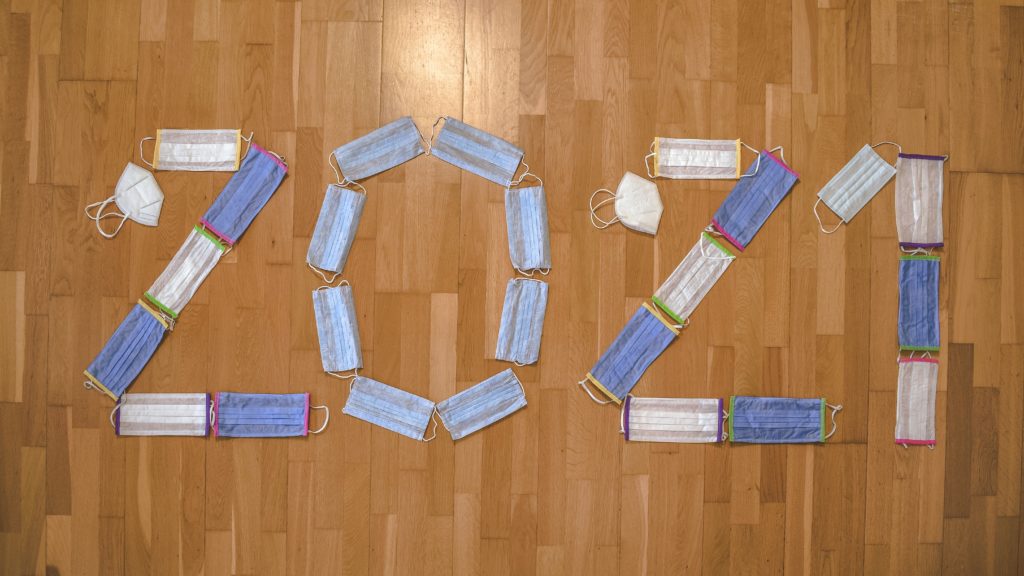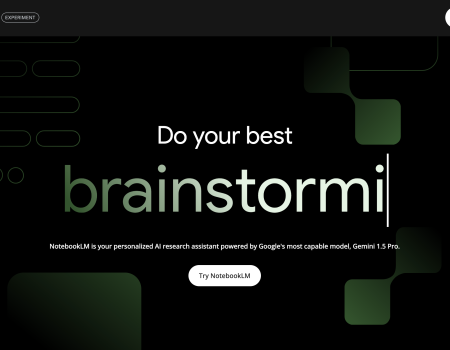The New New Normal

COVID-19 has disrupted the whole world and it continues to do so. Almost every person on the planet has made significant changes to their life and working style to accommodate the new normal. Then, that normal changes, kids go back to school or you’re summoned back to an office.
There is a new new normal and another after that. Change seems to be the only constant.
Who would’ve guessed that Zoom would dominate our workday or we’d use terms like pod and bubble to describe our relationships with other people? Or that people would stop using terms like pod and bubble and that new ways to describe life would emerge?
From a work and office perspective, the most common effect of the pandemic was working from home. But not everybody was in a position to work effectively from home. For some, their job couldn’t be remote and they assessed the risks of returning to their workplace. This continues to be a calculation in the new new normal.
Forced telecommuters needed to find a place in their home to work. They needed a reliable high-speed internet connection and they had to learn how to accommodate video conferencing. Often, kids and pets needed their attention, too. Work life, family life, and personal life were compressed into a single space.
Despite the vaccine and vaccine mandate, Covid cases continue to ebb and flow. The virus itself has mutated and the efficacy of vaccines have begun to wane. This pandemic is not going away anytime soon. Adaption to constant change is going to be required for the foreseeable future.
So, we need to get used to the new normal. Just as there are long-term effects of having Covid, there are long-term effects of living with the pandemic. Some things are never going back to the way they were before.
When a large part of the white-collar workforce shuffled to a long term work from home policy, many questioned why they needed to don professional attire. We have started to see a significant relaxation of the work-from-home dress code. People simply do not put on a suit for a Zoom meeting. The collar of your shirt was an antiquated way to distinguish workers before the pandemic, but whether a person wears sweatpants to work can tell you a lot about what their job is today.
Who is in the virtual office is also changing constantly. Before 2020, people would be embarrassed by the sound of a dog barking or the interruption of a needy child. Now, it’s commonplace. We consider that the new normal.
Back in March of 2020, most people were required to turn on their video camera while in a meeting. Now, it seems to be optional. When people do turn on their camera, backgrounds are often blurred or people are getting creative with the backgrounds or, at a minimum, putting up a branded background.
When people were forced to work from their homes, many began to question why they are living where they are. Before the pandemic, many people chose to pay higher fees or tolerate smaller but more convenient places. But now that they don’t have to go into an office every day, many are questioning whether or not they should continue to live where they are. As a result, many have moved to other parts of the country or their region. People who could afford to, bought homes. Housing prices went up, on average, 16%. Some cities like Boise and Austin saw a nearly 25% increase in home prices. No one really knows what comes next in this new normal.
As offices have started to reopen and businesses require employees to return to them, many are questioning their relationship to work altogether. Many people are changing jobs and even second-guessing their career choices. Some of these choices are voluntary while others are made for them.
Companies are also second-guessing the need to have fancy offices and office perks. Why pay such huge fees when people can work from home and absorb the cost of desks, chairs, computers, electricity, coffee, snacks, and internet connections.
Some companies are also realizing that they can attract and retain talent at lower costs because they can find qualified employees just about anywhere in the world and do not have to subsidize employee’s high cost of living in expensive cities like New York or San Francisco.
The question remains; which of these adaptations will stick around? Another event follows another event and the nature of work changes again. The new normal begets an even newer normal. So, we have to stay agile and be open to whatever change comes our way.
We can’t predict the future, but we can acknowledge the adaptation and changes that have come about from two years of the pandemic. We might not know where we’re going, but we’re not going back.



